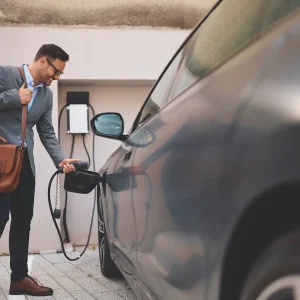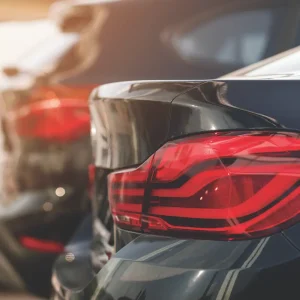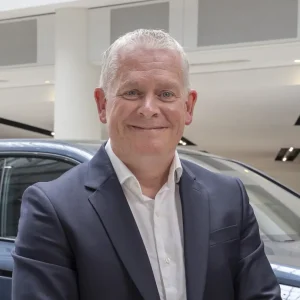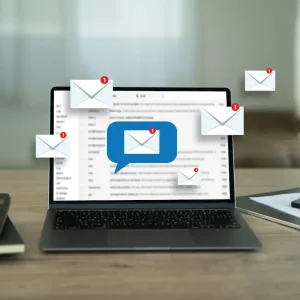
An insight into behavioural psychology can help organisations guide their employees towards making more sustainable choices when it comes to business trips.
Behaviour change must be a collaborative and open process. The first step is to clearly state to your employees that more sustainable business travel is an organisational priority.
Thankfully, being environmentally responsible is something most people are happy to do and it has an intrinsic feel-good factor. Research by Enterprise Mobility states that two thirds of employees (66%) think their organisations should introduce additional measures to reduce carbon emissions in terms of employee travel, rising to 77% of Gen Z workers.
The next step is to ensure making a more sustainable choice is convenient and accessible. Incorporating a change into existing daily habits can increase the long-term adoption of new positive change behaviours. Take grey fleet as one example. While it is recognised that driving an older, privately owned vehicle and reclaiming mileage is less sustainable, grey fleet is often the default choice because it’s easy. People fall back to the choice that already exists in their daily routine and may find it harder to switch if they don’t see the synergy and convenience to their life and routine. The sustainable choice must be just as easy and beneficial to the user to enable long-term adoption.
Automating choice is another way to nudge people towards a desired behaviour. Making new options visible as a top and preferred option prompts new ways of thinking and can make people question current ways of doing things. For example, by making EVs the top choice automatically on a booking platform, people may become more inquisitive about trying something new. Also, it would take more clicks to then search for an alternative.
It’s also vital to identify the barriers to change. Do you have a clear sense of what may be stopping people from choosing a smaller vehicle for a trip, sharing the ride with a colleague taking the train for part of the journey, or using a rental car rather than their own vehicle?
Could people commute by public transport if pool or car club vehicles were available on site? Do some journeys require a larger vehicle because some colleagues need to transport bulky equipment or products? Would an employee prefer door-to-door transport for evening business travel?
Understanding the nuances of people’s lives and how they intersect with their business travel, as well as any barriers they experience, will allow organisations to build that seamless user experience. Travel policies that are designed with employee needs at the centre are the ones that provide a great user experience and are more likely to be adopted and complied with.
Rental is a great example of how employees can test and learn newer technologies. Drivers may initially default to their usual vehicle because they don’t understand how EVs work and where to charge them. Running an EV training and trial programme can help remove those barriers, enabling employees to book with confidence and enjoy a great driver experience with the added boost of knowing that they are making a more sustainable choice.
The final step is celebrating and rewarding positive change behaviour. If your booking platform shows how much CO2 different vehicle choices can save, communicating this to departments or individuals can create a feel-good factor and encourage even more sustainable choices as employees can see their personal impact as well as encouraging their peers to make similar choices.
Fostering sustainable business travel requires a deep understanding of behaviour and intention. If sustainable business travel is communicated as a business priority, barriers to adoption are addressed and travel policies are designed with employees at the heart of every decision, organisations can guide employees toward more environmentally responsible travel decisions.
Andy Bland is head of business rental development UK and Ireland for Enterprise Mobility





